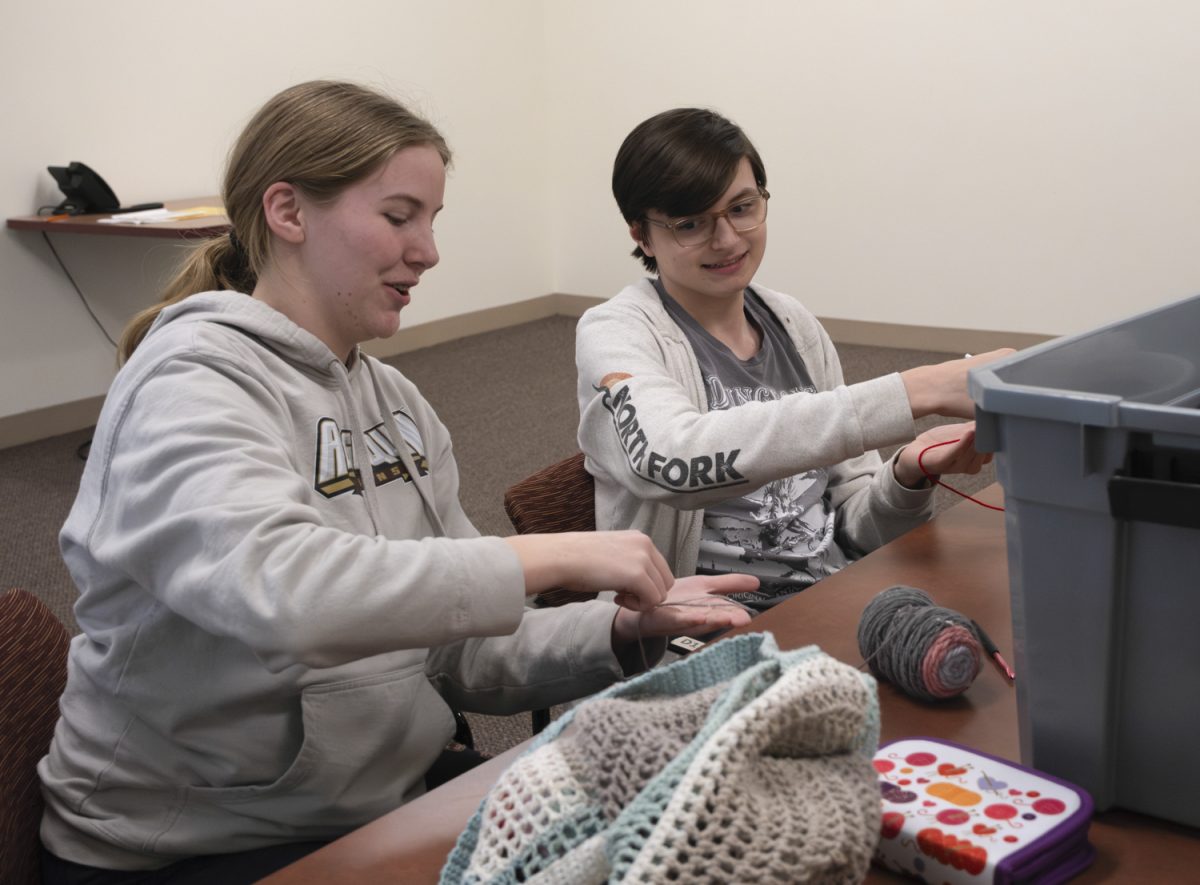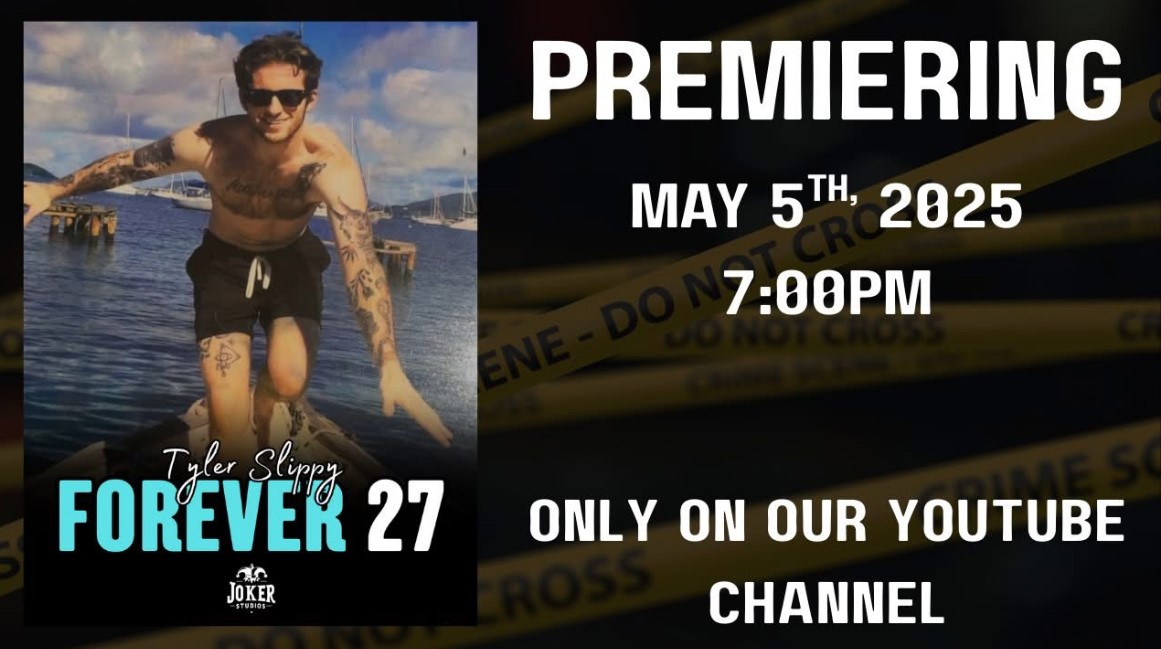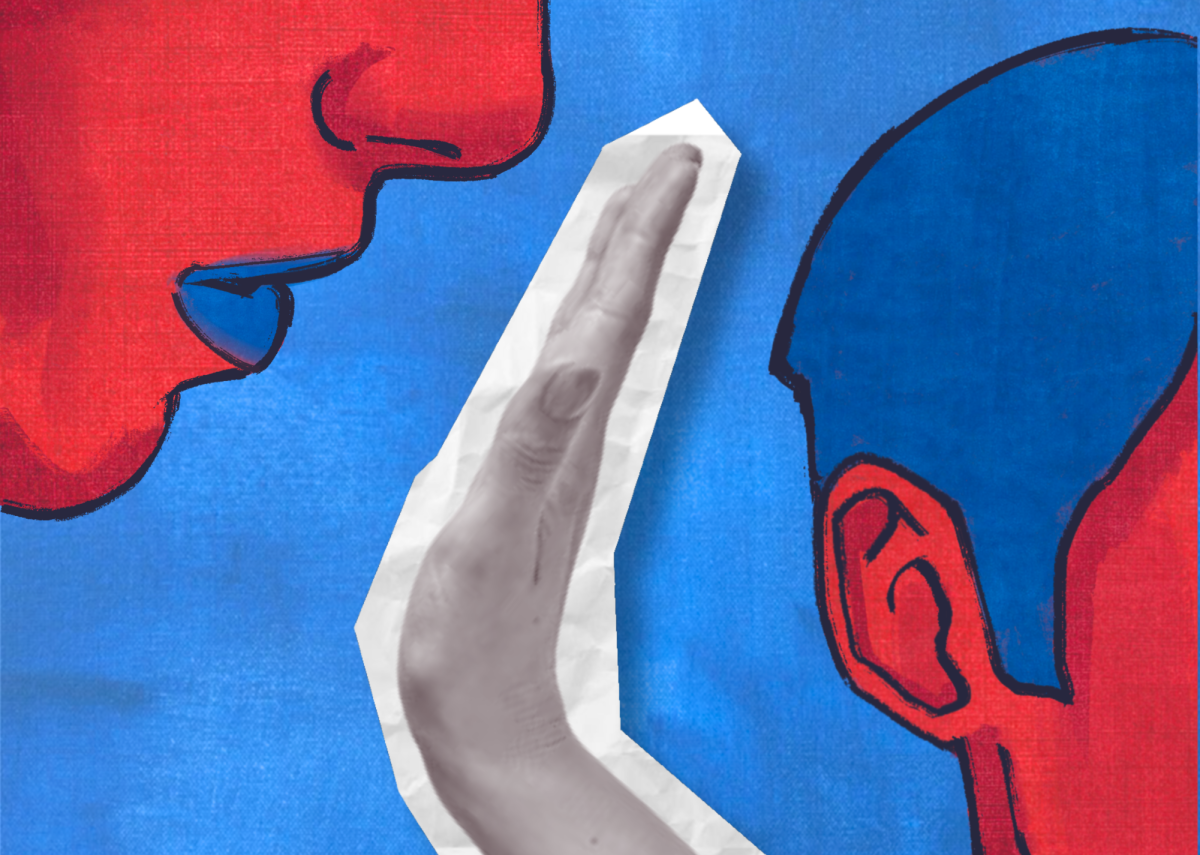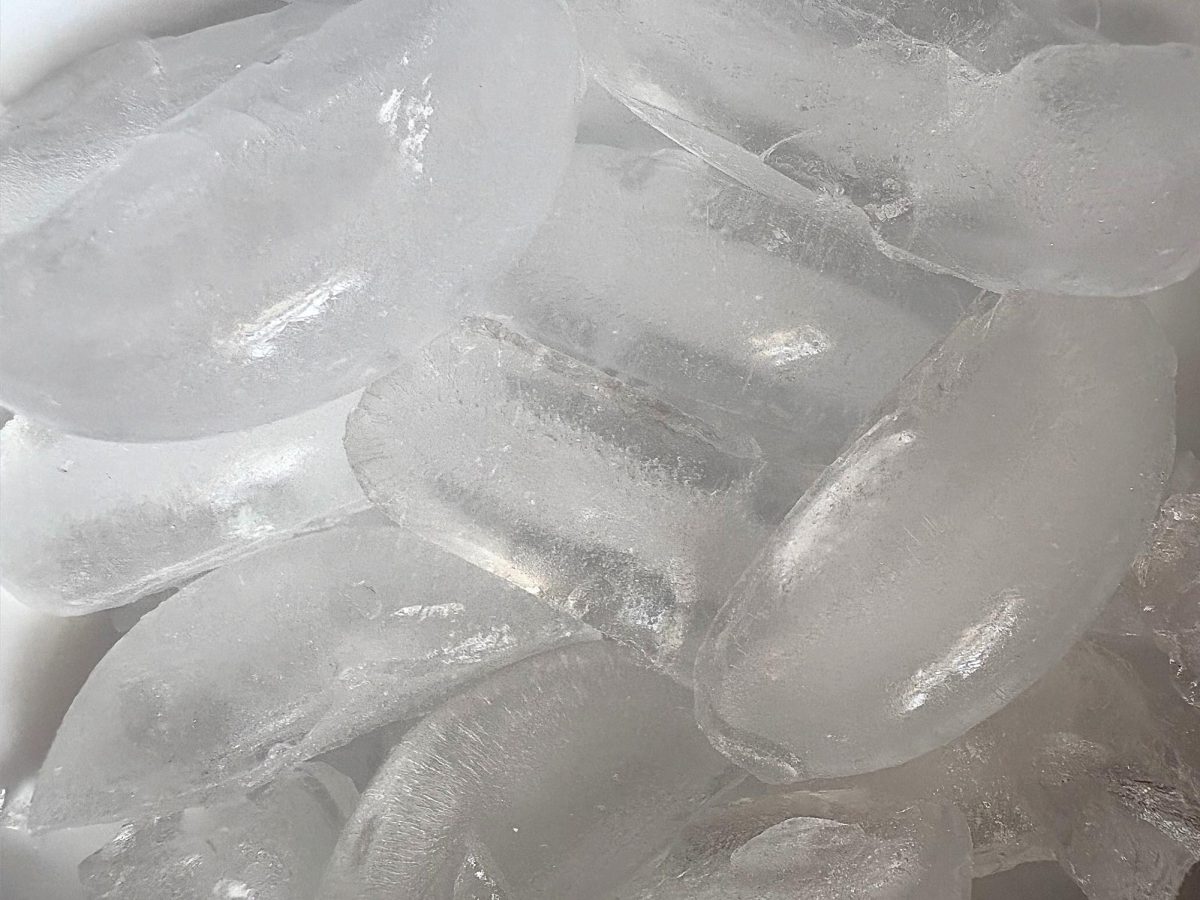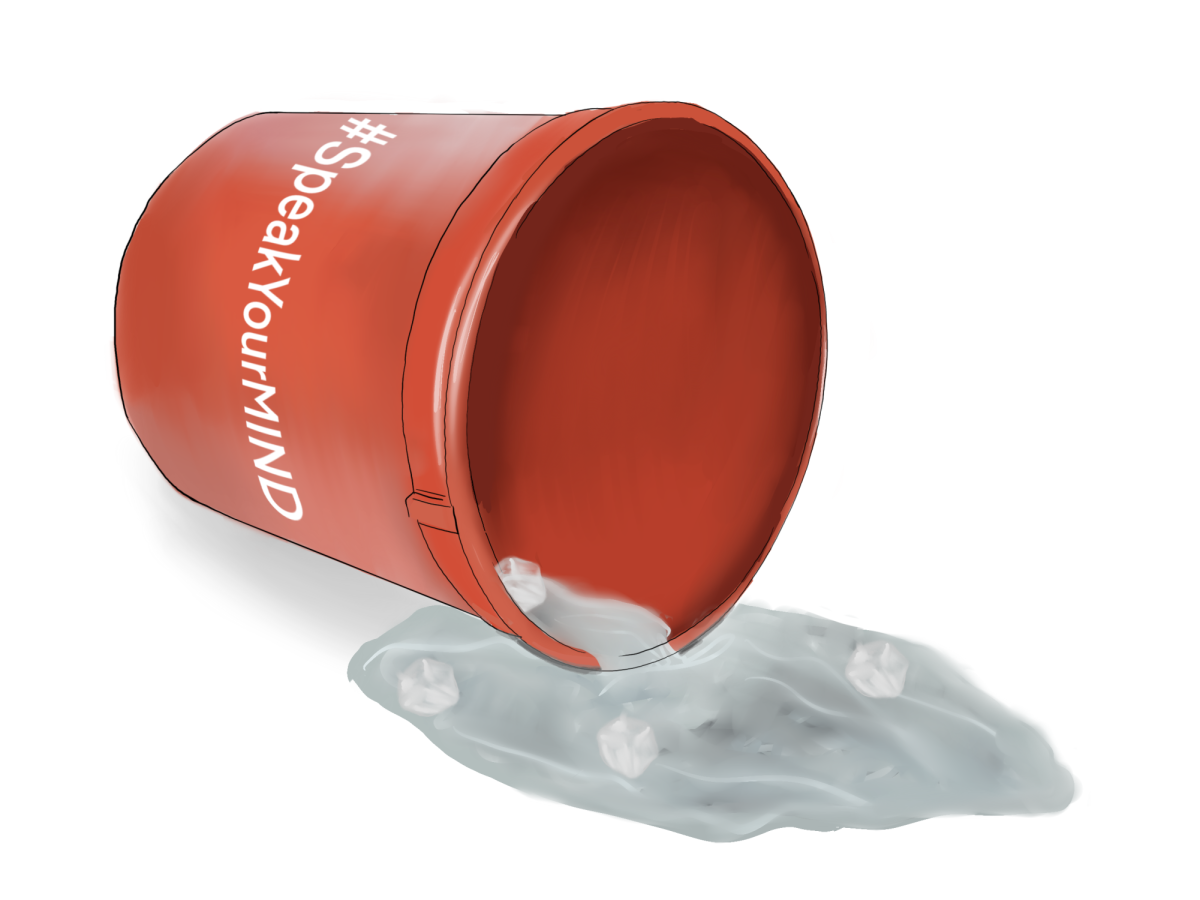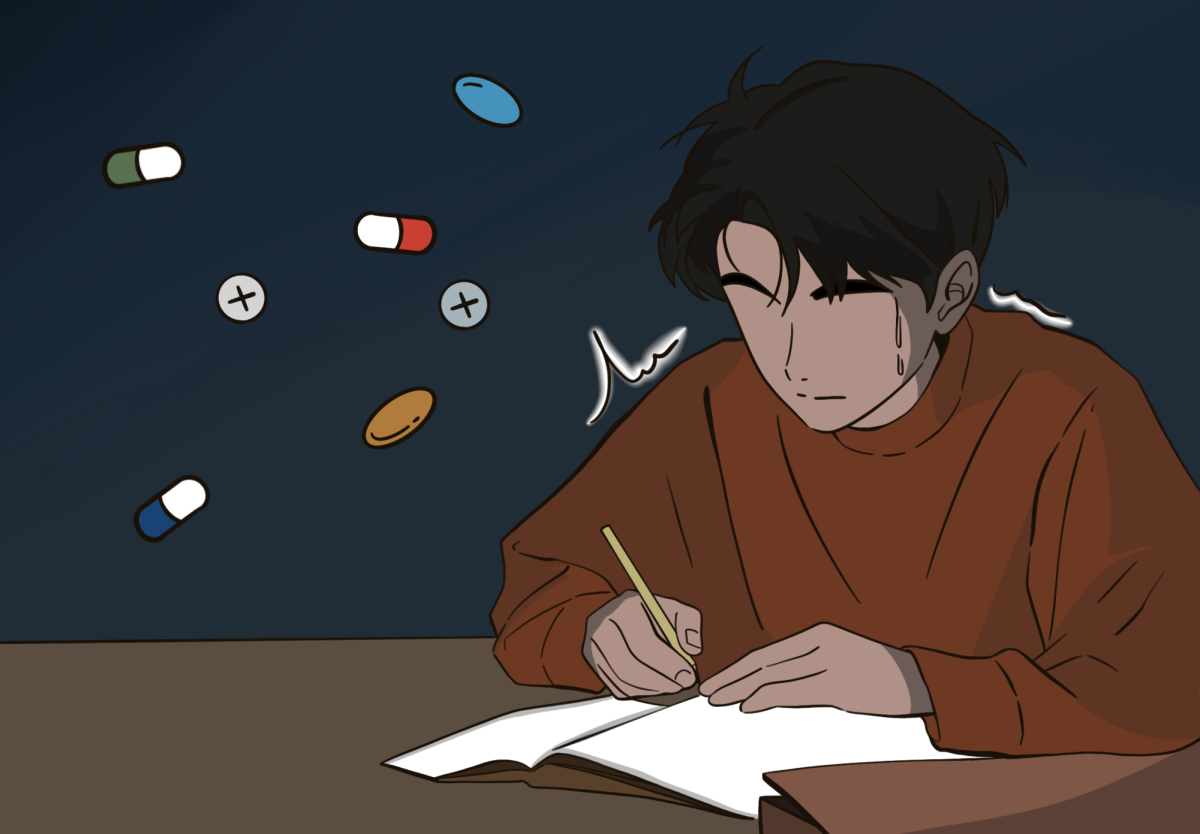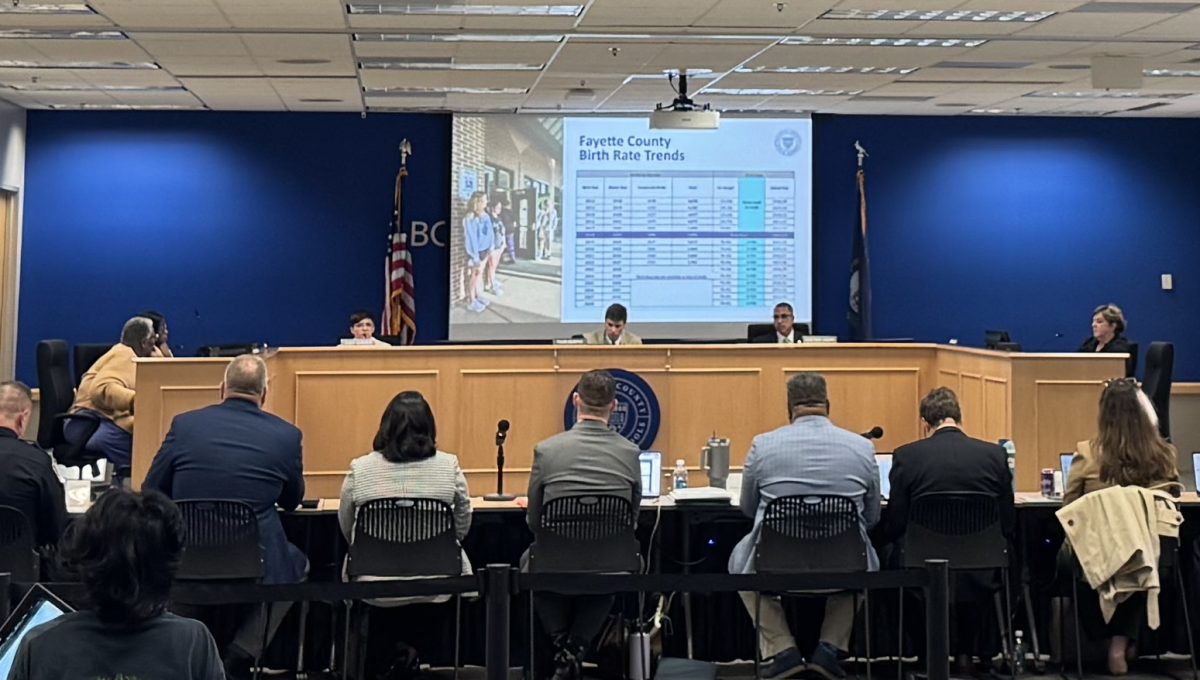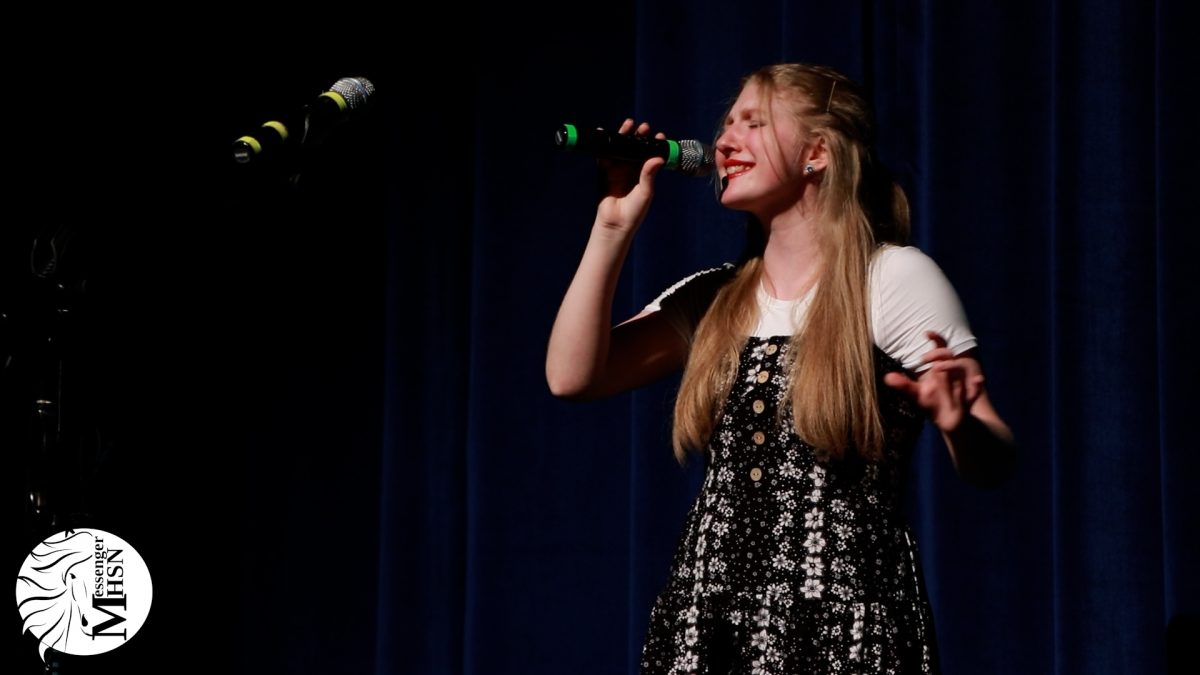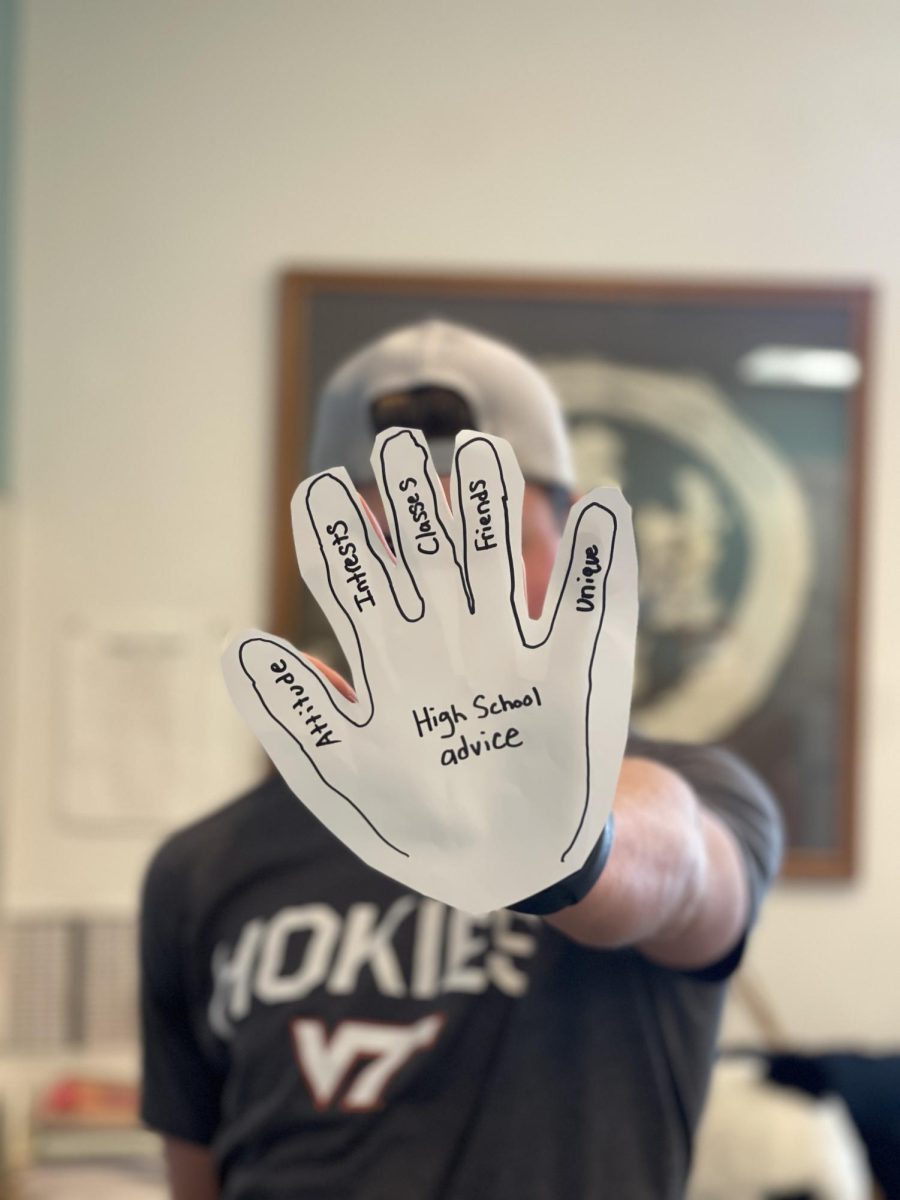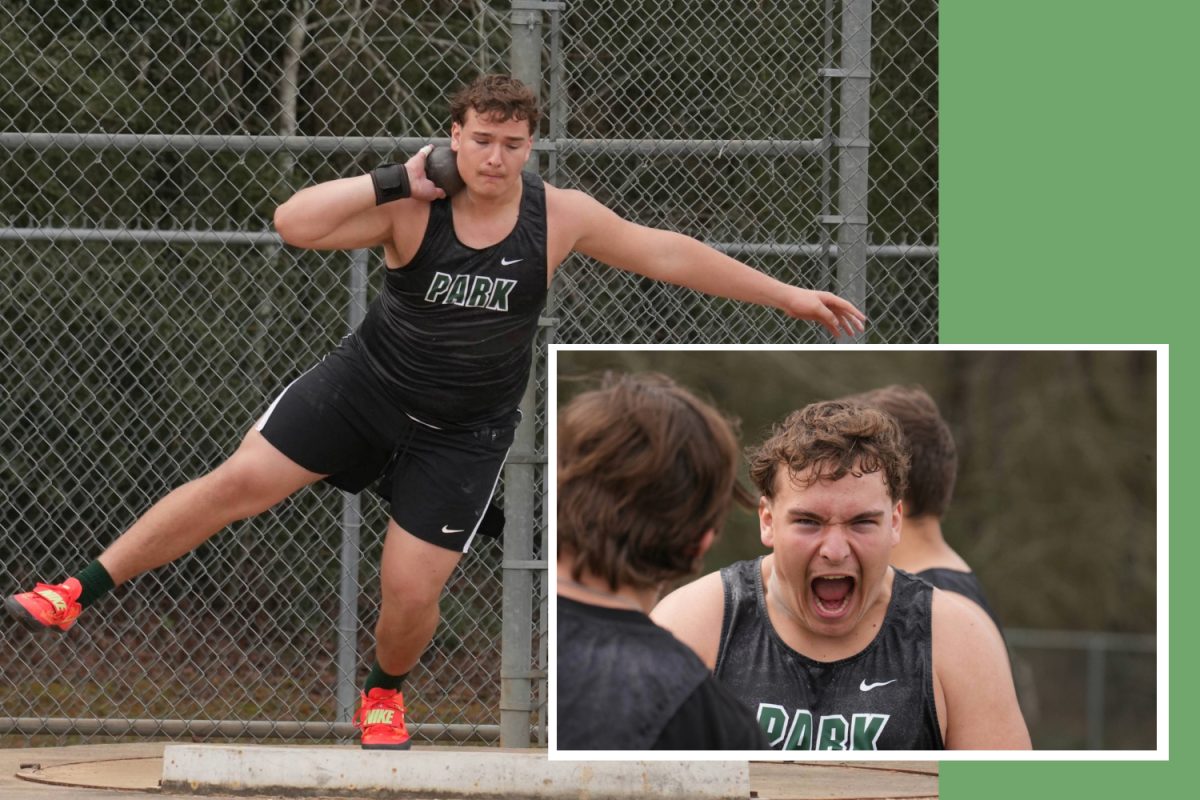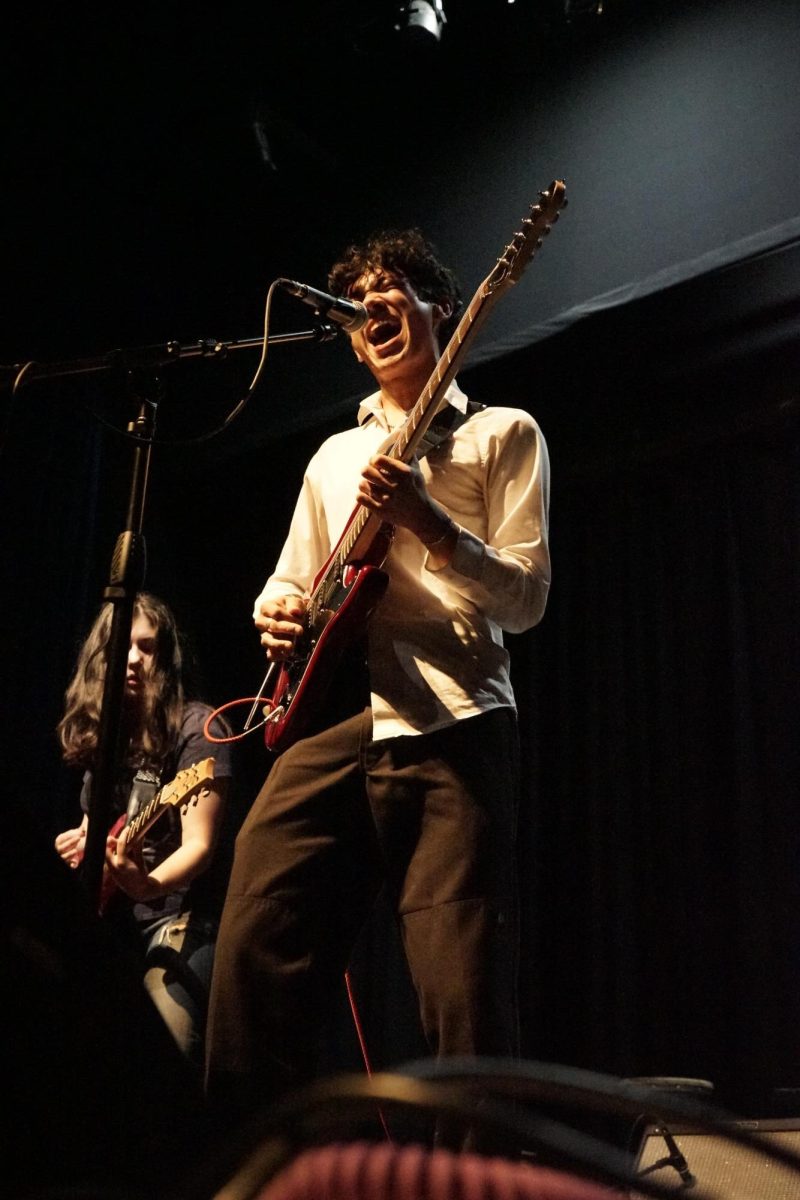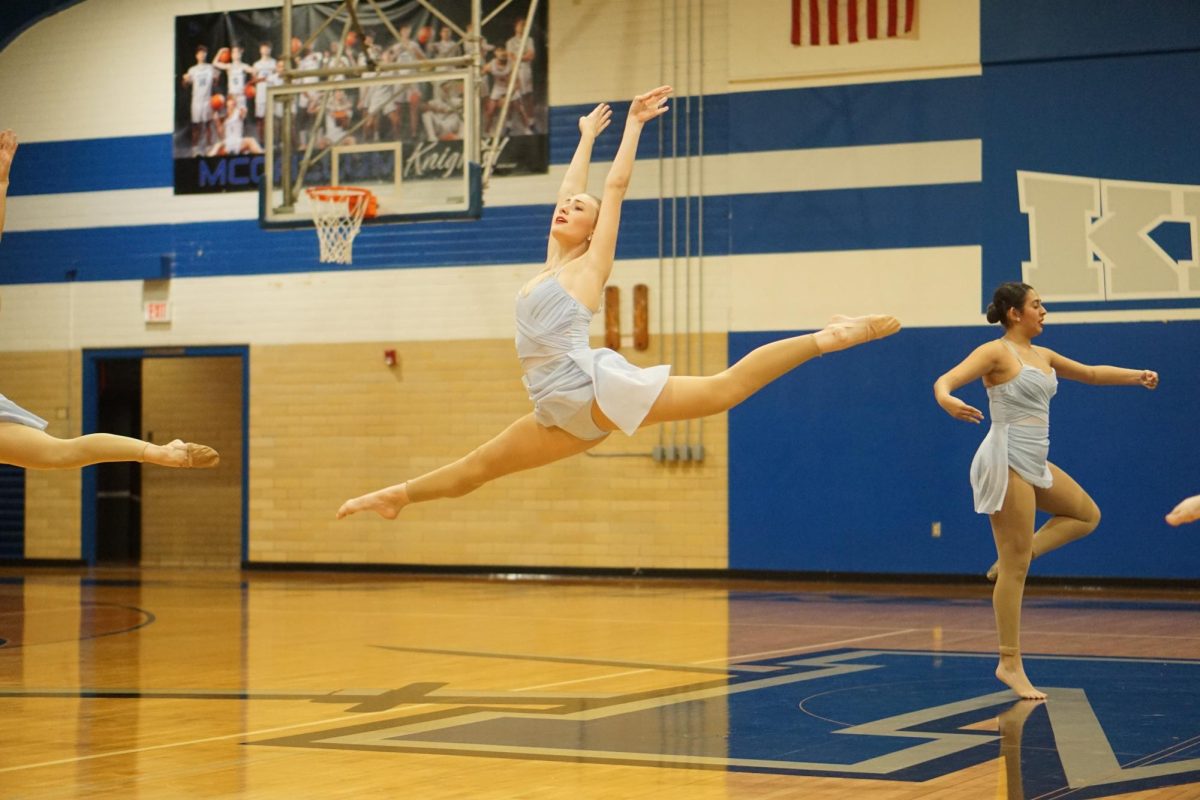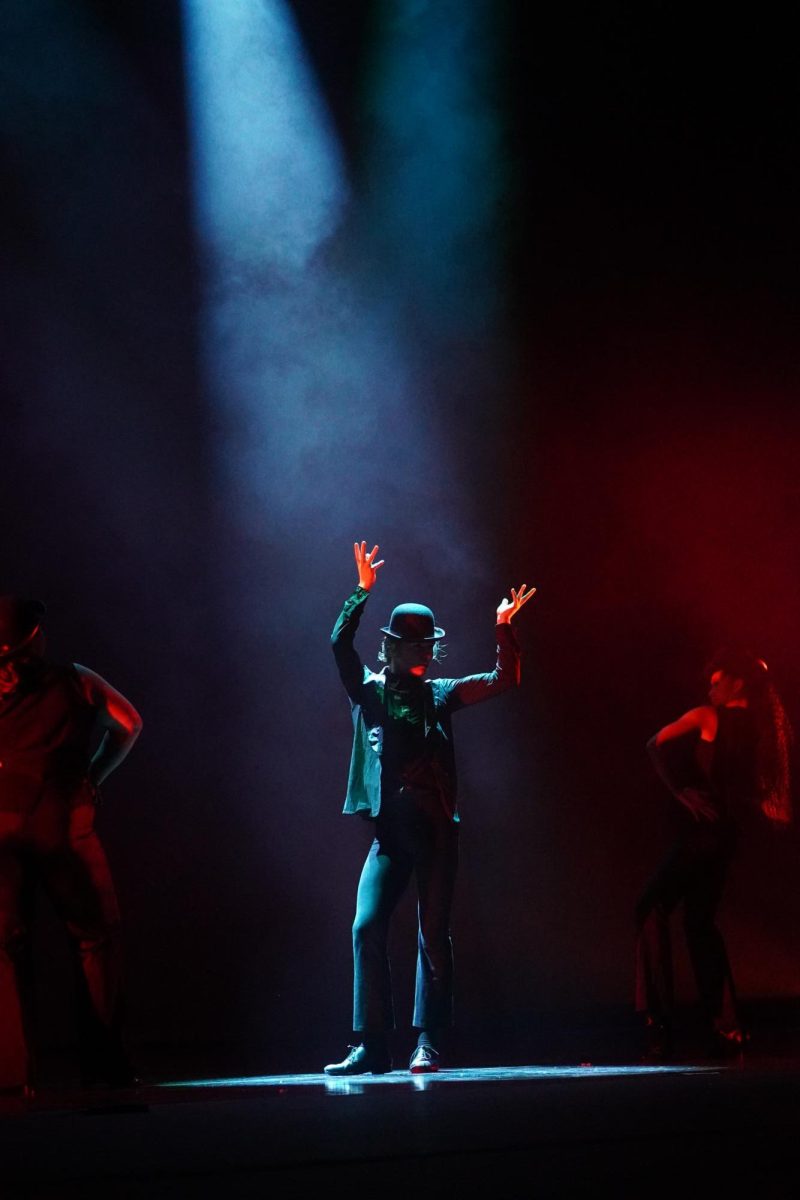WOODBURY — Playing in any sport comes with the risk of injury — some more than others. In the heat of the game, field hockey players risk getting hit in the face with a stick or a ball, and this was a common mishap for plenty of Nonnewaug players this fall.
“The ball was on the other side of the field, and then it got crossed over to my side,” said freshman Lila Farrelly, who suffered a facial injury during the Chiefs’ Class S state tournament first-round game Nov. 5 at North Branford. “It got tipped off another stick to another girl, and then the next thing I knew it hit my face.”
The game stopped as help rushed to Farrelly’s side.
“I was really shocked,” Farrelly continued. “I saw all the blood coming off my face and that’s what freaked me out the most. It didn’t hurt that bad, it was just terrifying.”
Farrelly was the third person this season to get a facial injury and the second to get stitches for it. In field hockey, players can wear goggles on the field at all times, and bulkier masks can be worn during corners to protect players’ faces.
Without taking advantage of the permitted face protection, it’s hard to prevent these injuries from happening. So, why don’t more players wear masks?
Sophia Garguilo, a junior Nonnewaug field hockey player, got stitches across her eyebrow after getting hit with a stick Oct. 18 against Bethel. Despite this, wearing goggles still doesn’t appeal to her.
“They don’t protect the area I got hit,” Garguilo said, “and they obscure your vision, making it more dangerous than playing without them.”
Farrelly’s misfortune has made her go in the opposite direction of Garguilo.
“I wore [goggles] in middle school because I didn’t want to get hurt, but I stopped wearing them when I got to high school,” Farrelly said. “Now I’m definitely going to start wearing them again so I don’t have another stitches incident.”
Even though the face injuries influenced Garguilo and Farrelly in different ways, Nonnewaug field hockey coach Janet Crocker firmly believes goggles are not necessary under the right conditions.
“I don’t require my players to wear goggles because USA Field Hockey does not require goggles, and goggles are not worn at the college nor the international level,” Crocker said. “I believe that if field hockey is coached correctly, and referees know the game, there is no need.”
Crocker also agrees with Garguilo that goggles may actually cause more harm than good.
“Research does support goggles decrease risk of catastrophic eye injury, however they actually increase the risk of other injuries such as head injuries resulting of collision from decreased vision,” Crocker continues. “Some other facial injuries were also increased due to the metal cages of the goggles.”
According to Crocker, “corners are the most dangerous play in field hockey,” and most players on the team, despite their aversion to goggles, opt to wear the face masks during corners.
“I wear a corner mask because I don’t want to get hit in the face and deal with the consequences,” junior Nonnewaug field hockey player Anna Crocker said. “I also feel more confident to go rush the ball because I have that protection. A corner in field hockey is a direct shot, and when you’re defending a corner you have to throw your body in front of the ball so it doesn’t go in the goal. It’s more of a risk to get hit on a corner than on the field.”
No matter if it’s a corner, or just playing on the field, Nonnewaug field hockey players constantly risk face injuries, face protection or not.
“The problem is referees aren’t calling the lifted balls, flyers aren’t being taught how to rush to the side, and players are swinging for the heavens instead of a solid hit,” Janet Crocker said. “This puts everyone in danger. Again — coaches, refs, and players need to take responsibility.”
This story was originally published on NHS Chief Advocate on November 12, 2024.

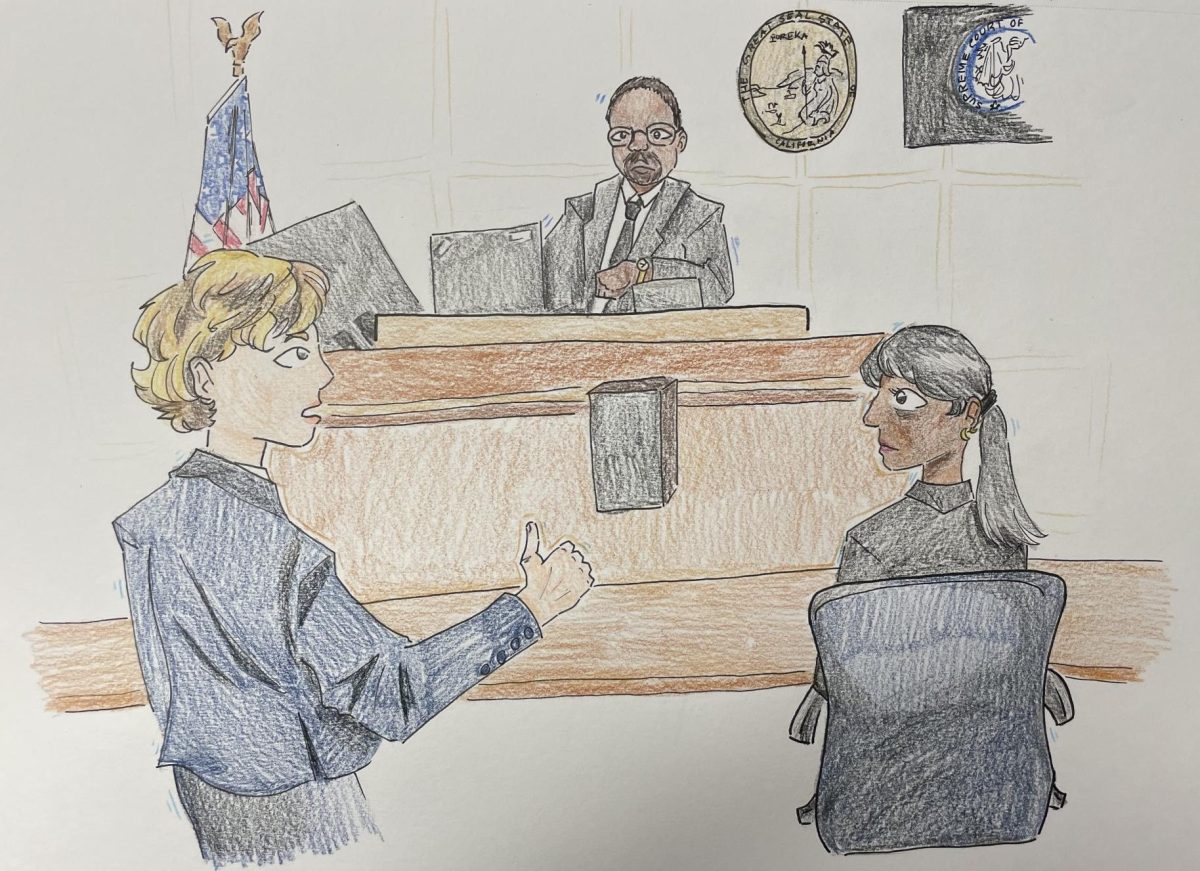



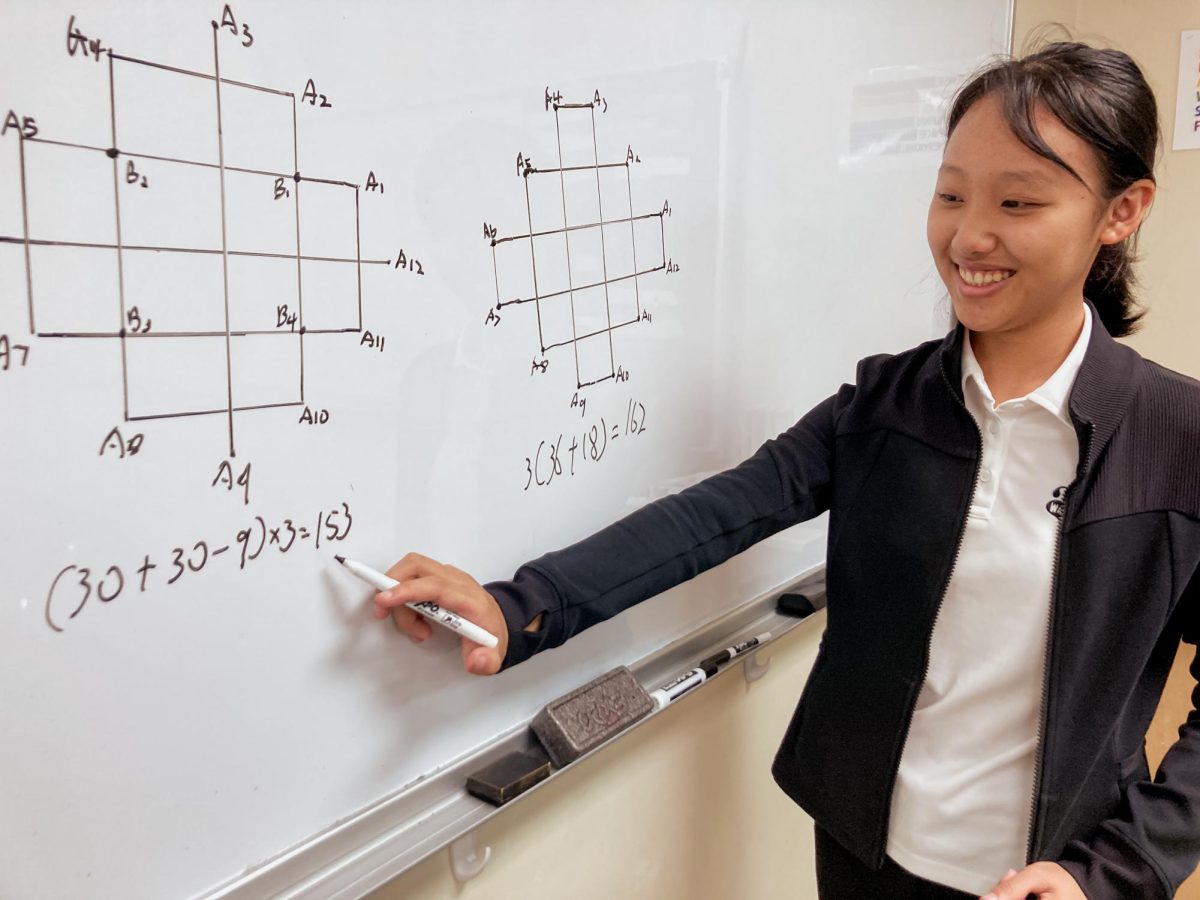

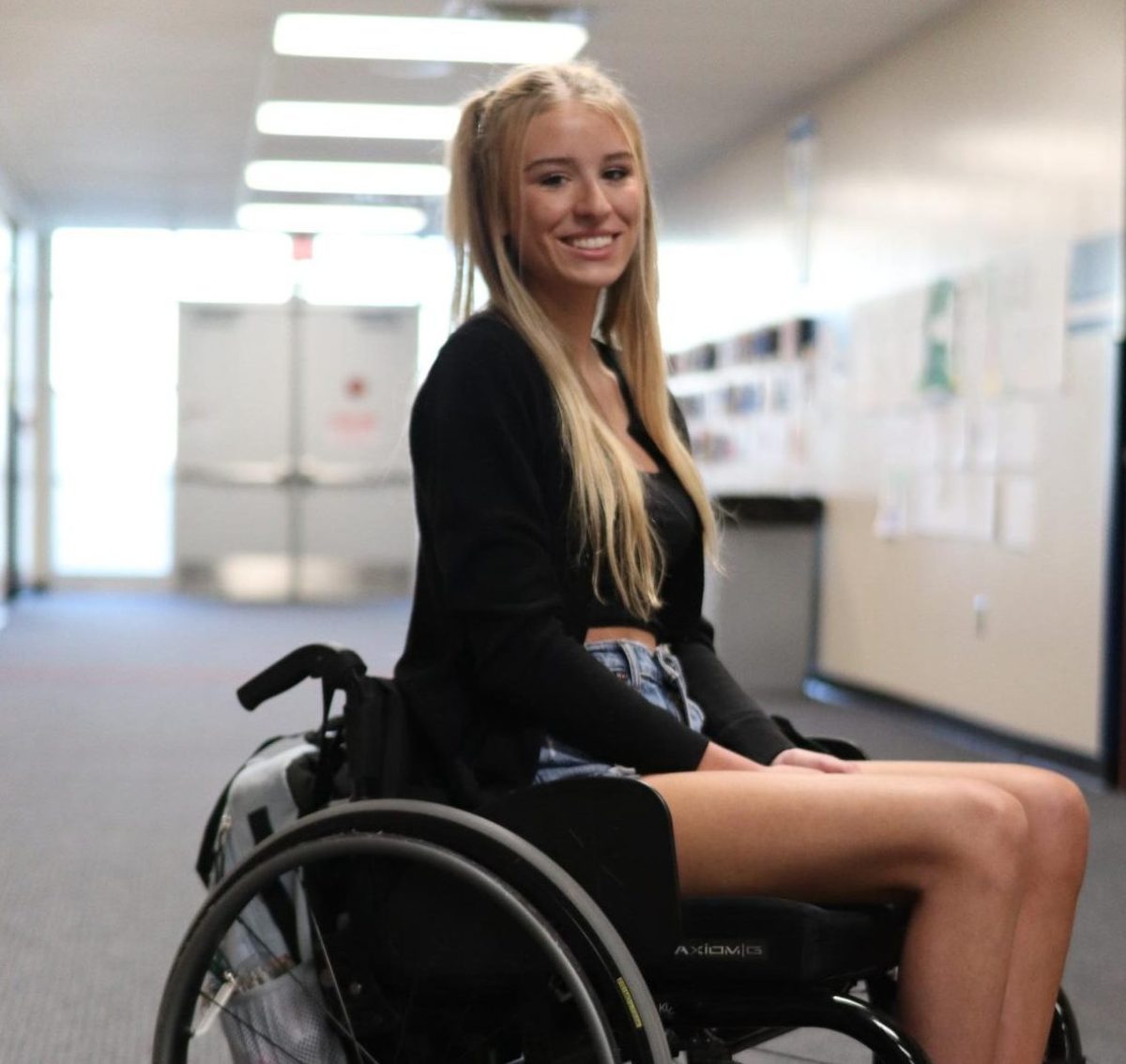
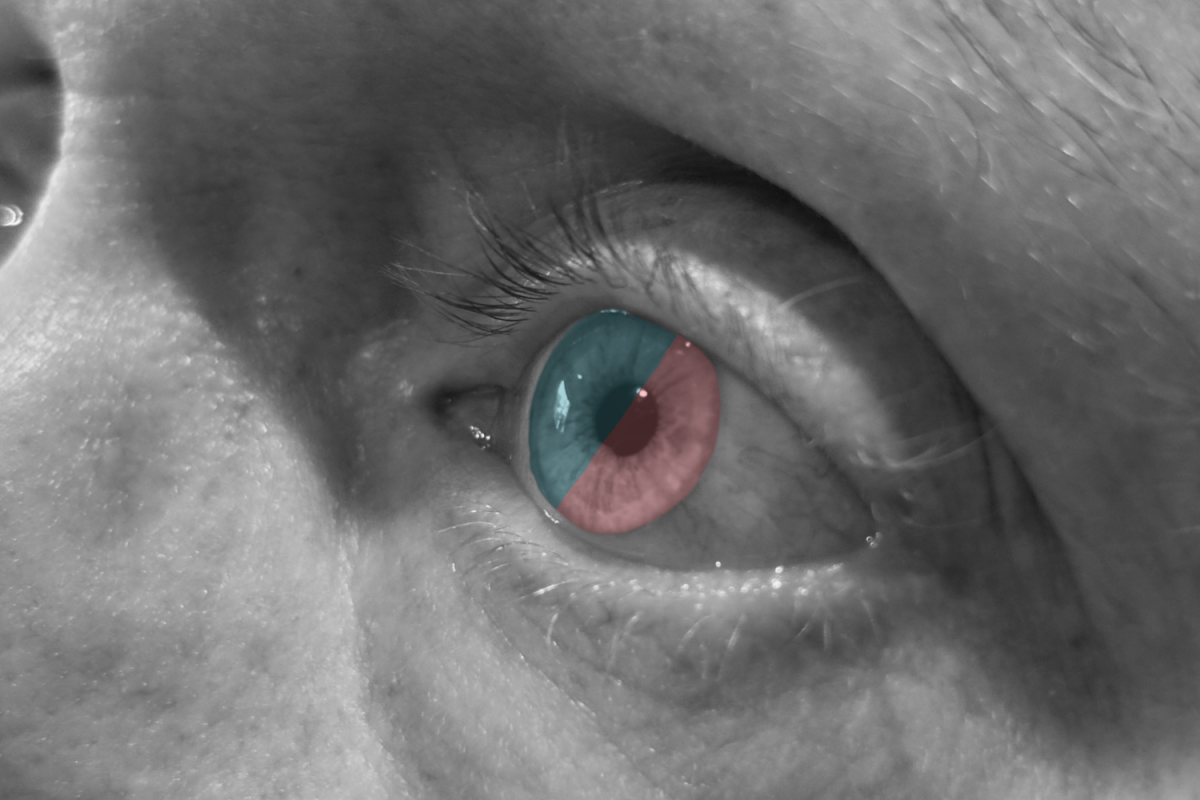
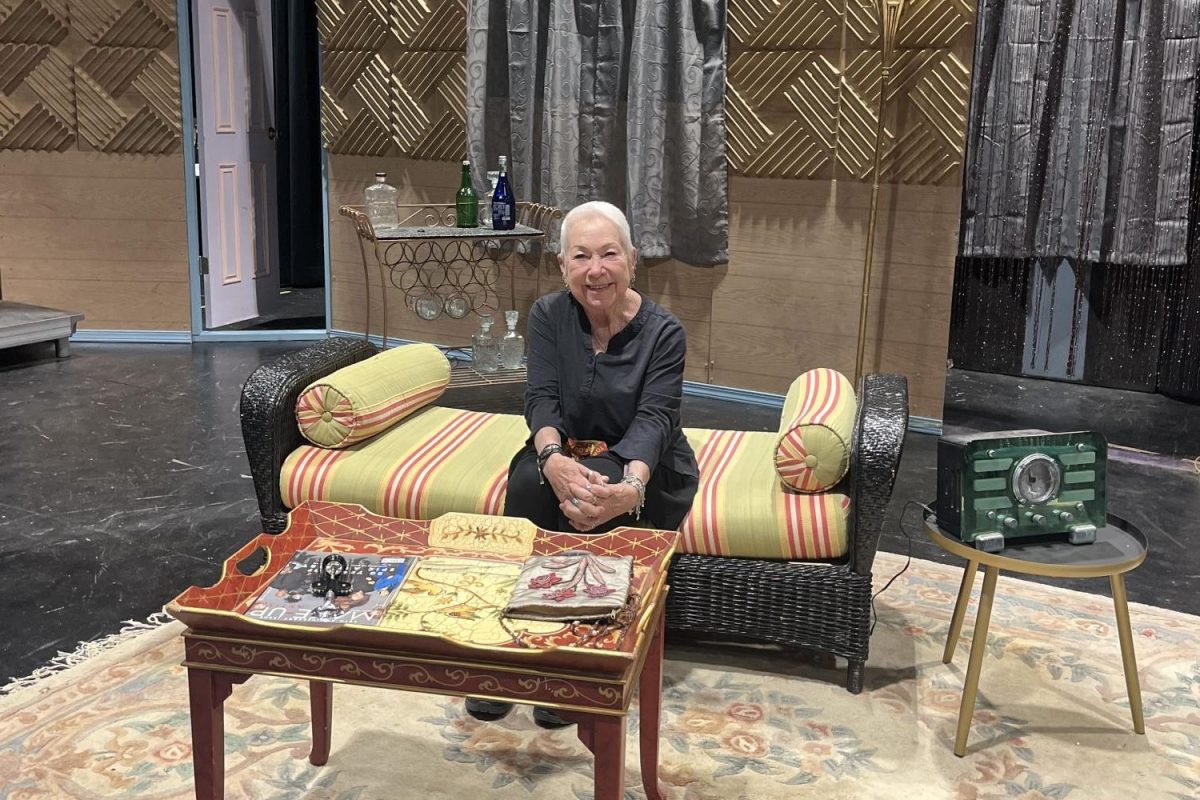

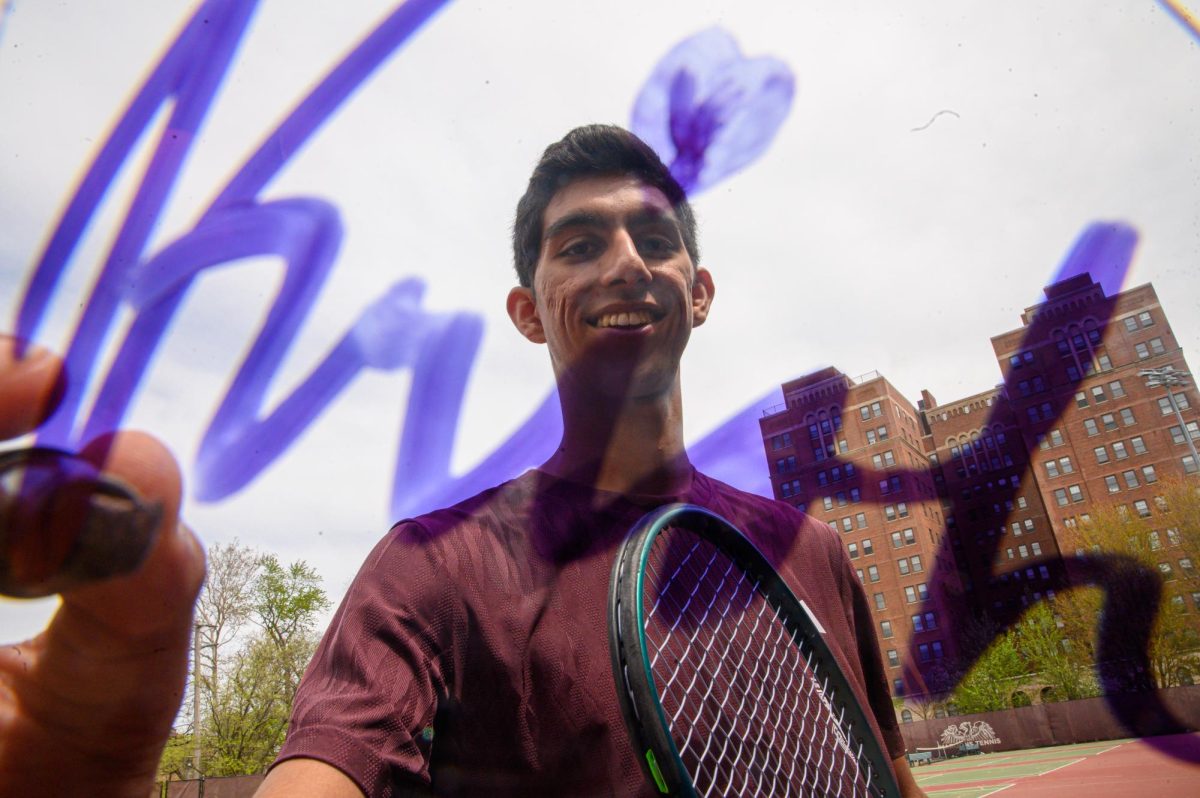

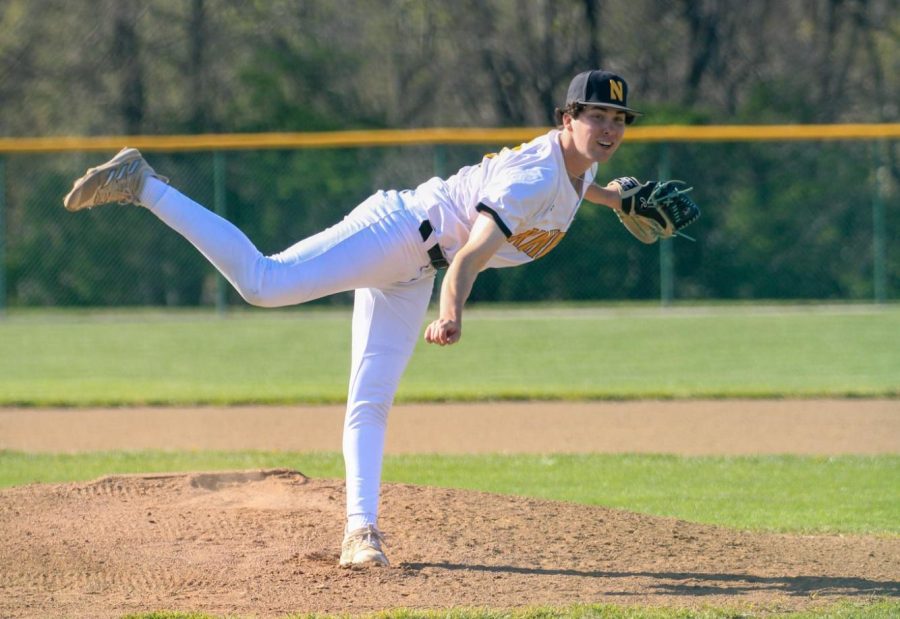

![Finishing her night out after attending a local concert, senior Grace Sauers smiles at the camera. She recently started a business, PrettySick, that takes photos as well as sells merch at local concert venues. Next year, she will attend Columbia Chicago College majoring in Graphic Design. “There's such a good communal scene because there [are] great venues in Austin,” Sauers said. “I'm gonna miss it in Austin, but I do know Chicago is good, it's not like I'm going to the middle of nowhere. I just have to find my footing again.” Photo Courtesy of Grace Sauers.](https://bestofsno.com/wp-content/uploads/2025/05/Grace.png)
